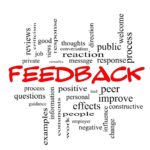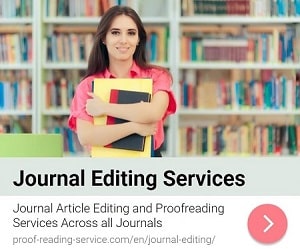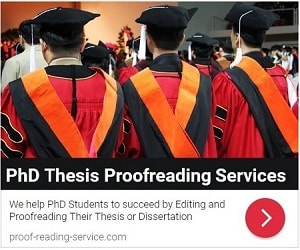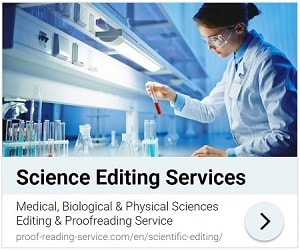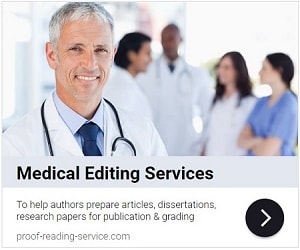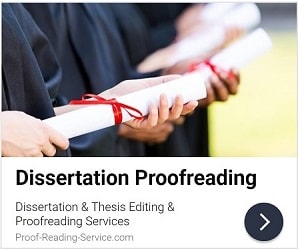Introduction
A literature review is a critical component of a research paper that provides an overview of existing research on a specific topic. It helps establish the context for the study, identifies gaps in current knowledge, and justifies the need for new research. A well-structured literature review strengthens a research paper by demonstrating a solid foundation of previous work and highlighting how the current study contributes to the field.
This article provides a step-by-step guide on how to write an effective literature review, including its purpose, structure, and best practices.
Purpose of a Literature Review
A literature review serves several essential functions in academic research:
- Provides Context: Helps readers understand the background and significance of the study.
- Identifies Gaps in Research: Highlights areas where further investigation is needed.
- Establishes Theoretical Frameworks: Introduces theories and concepts that support the study.
- Demonstrates Credibility: Shows that the researcher is well-informed about previous studies.
- Synthesizes Information: Organizes and evaluates research findings in a meaningful way.
Steps to Writing a Literature Review
1. Define Your Research Topic and Scope
Before starting the literature review, it is crucial to define the research question and the scope of the review.
- Narrow Down the Topic: Focus on a specific aspect rather than a broad subject.
- Identify Keywords: Use relevant terms to search for literature.
- Set Inclusion Criteria: Determine what types of studies (e.g., peer-reviewed journals, books, conference papers) will be included.
2. Conduct a Comprehensive Literature Search
A thorough search for relevant literature is essential. Use credible academic databases such as:
- Google Scholar
- PubMed (for medical and health sciences)
- JSTOR (for humanities and social sciences)
- IEEE Xplore (for engineering and technology)
- Scopus/Web of Science (for multidisciplinary research)
Tips for an effective literature search:
- Use Boolean operators (AND, OR, NOT) to refine searches.
- Apply filters for publication date, peer-reviewed status, and language.
- Keep track of sources using reference management tools like Zotero, Mendeley, or EndNote.
3. Evaluate and Select Relevant Sources
Not all sources are equally valuable. Critically evaluate each study based on:
- Relevance: Does it directly relate to your research question?
- Credibility: Is the study peer-reviewed and published in a reputable journal?
- Recency: Is the information up-to-date?
- Methodological Rigor: Does the study use sound research methods?
4. Organize the Literature
A well-structured literature review presents information in a logical sequence. There are several ways to organize sources:
- Chronological Approach: Arranges studies based on publication date to show historical development.
- Thematic Approach: Groups research into themes or topics relevant to the research question.
- Methodological Approach: Categorizes studies based on research methods used.
- Theoretical Approach: Discusses different theoretical perspectives related to the topic.
5. Write the Literature Review
A literature review typically consists of three main sections:
1. Introduction
- Define the purpose and scope of the review.
- Provide background information on the topic.
- Explain the organization of the review.
2. Main Body
- Present a critical analysis of relevant literature.
- Discuss trends, patterns, and major findings.
- Identify gaps, contradictions, and debates in the research.
- Relate the reviewed studies to your research question.
3. Conclusion
- Summarize key findings from the literature.
- Highlight the research gap that your study addresses.
- Justify the importance of your research.
6. Synthesize Information Effectively
Instead of summarizing each study separately, integrate findings from multiple sources to show relationships between studies.
- Compare and Contrast: Identify similarities and differences in findings.
- Highlight Controversies: Discuss conflicting perspectives and unresolved issues.
- Show Evolution of Thought: Trace how ideas and theories have developed over time.
- Use Citations Properly: Follow the required citation style (APA, MLA, Chicago, etc.).
7. Ensure Clarity and Coherence
A well-written literature review should be clear, concise, and logically structured.
- Use Topic Sentences: Begin each paragraph with a clear main idea.
- Maintain a Logical Flow: Ensure smooth transitions between sections.
- Avoid Jargon: Use accessible language while maintaining academic rigor.
- Keep it Focused: Stay within the scope of your research question.
8. Revise and Proofread
Editing and proofreading are essential for refining the literature review.
- Check for Clarity: Ensure that arguments are clearly articulated.
- Verify Citations: Confirm that all sources are accurately cited.
- Eliminate Redundancies: Avoid repeating the same points.
- Seek Feedback: Have a peer or mentor review your work.
Common Mistakes to Avoid
- Overloading with Summaries: Avoid simply listing studies without analysis.
- Lack of Focus: Stay aligned with the research question.
- Ignoring Controversies: Acknowledge conflicting viewpoints.
- Poor Organization: Structure the review logically.
- Weak Transitions: Ensure smooth connections between ideas.
- Failure to Cite Properly: Follow the correct citation format.
Example of a Literature Review Paragraph
Topic: The Impact of Social Media on Adolescent Mental Health
Recent studies have explored the influence of social media on adolescent well-being. Smith (2020) found that excessive social media use correlates with higher anxiety levels among teenagers. Similarly, Jones and Lee (2021) identified a link between Instagram usage and increased body dissatisfaction among young females. However, other researchers argue that social media can have positive effects. A study by Garcia (2022) suggests that online peer support groups help reduce loneliness among adolescents. While these findings highlight both negative and positive aspects of social media, further research is needed to explore the moderating factors that influence these outcomes.
Conclusion
Writing a literature review is an essential skill for academic research. A well-structured literature review provides context for a study, identifies research gaps, and synthesizes existing knowledge. By following a systematic approach—defining the research scope, conducting a thorough literature search, organizing findings, and synthesizing information—researchers can create a compelling and insightful review. Ensuring clarity, coherence, and critical analysis will enhance the quality and impact of the literature review, making it a valuable contribution to the research paper.
You might be interested in Services offered by Proof-Reading-Service.com
Journal Editing
Journal article editing services
PhD Thesis Editing
PhD thesis editing services
Expert Editing
Expert editing for all papers
Medical Editing
Medical Editing Services
Research Editing
Research paper editing services
Book Editing
Professional book editing services









